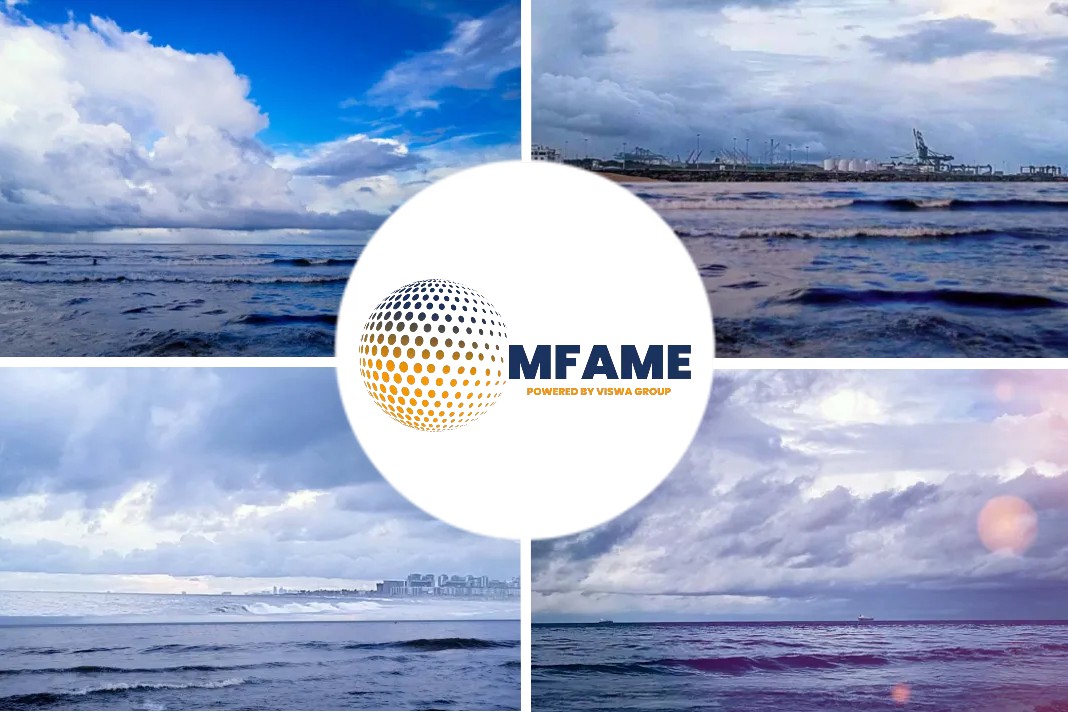
Leading marine insurer Gard is warning bulker operators to be careful about the risk of liquefaction with cargoes that aren’t typically considered worst offenders for stability hazards.
Risks of cargo liquefaction
Cargo liquefaction is a particularly dangerous condition for bulk materials, and some are more prone to danger than others. When the moisture level in these cargoes is too high, they can shift to one side of the hold when the ship rolls – and then stay there when the ship rolls back. After a few rounds of this cargo shift pattern, the ship can capsize rapidly, sometimes so quickly that the crew can’t even get off a distress call or abandon ship.
This risk is well-recognized for cargoes in the “Group A” category of the International Maritime Solid Bulk Cargoes (IMSBC) Code – for example, nickel ore. Operators in the nickel mining trade are already well aware of the risks associated with their notorious cargo when it in excess of the transportable moisture limit (TML).
However, Gard warns that the risk of liquefaction may exist for cargoes that are not listed in Group A. Bulk cargoes that are ordinarily loaded as “dry” or “dusty” may still have Group A properties when they have more moisture. The insurer is aware of several recent cases of liquefaction involving non-Group A cargo, including two in which the lives of the crew were in danger. No fatalities were recorded, but in one case the vessel sank after the crew abandoned ship.
In the latter case, the vessel was transporting about 1,900 tonnes of soil from a landfill. Soil not listed as a Group A cargo in the IMSBC Code, but during the voyage, the vessel ran into rough conditions that caused the soil to behave more like liquid cargo. The vessel listed and the five crew members were rescued before the vessel sank. The wreck’s fuel had to be pumped out in order to prevent pollution, and Norwegian authorities have launched an investigation. The authorities ordered the removal of oil from the wreck, which was otherwise not considered to pose a danger to navigation. The case was the subject of an investigation by the Norwegian Safety Investigation Authority (NSIA).
In another case, a bulker arrived at a port to load calcium carbonate, and the crew found that the cargo had been stored out in the weather and had a clay-like consistency. It was partly frozen from cold weather. The crew took on the cargo without doing a can test (liquefaction potential test). After leaving port, their vessel quickly took on a list. They diverted to a sheltered anchorage and inspected the cargo; they found that the calcium carbonate had leveled itself and that water was pooled on top of it. Lab testing later revealed that it had a moisture content of 30 percent, well above the point where it could flow.
Gard reminded bulker operators that the shipper is supposed to get clearance from the relevant port state authority for the acceptability of the cargo for safe shipment, and that the insurer should be contacted if this clearance isn’t given.
“Knowing the cargo the ship is being asked to carry and understanding its properties and the risks it presents well ahead of loading is an essential safety control. This is especially the case if the crew is unfamiliar with the cargo,” Gard warned. “In both of the above cases, the crew were extremely fortunate to survive unharmed.”
Did you subscribe to our newsletter?
It’s free! Click here to subscribe!
Source: Gard





















